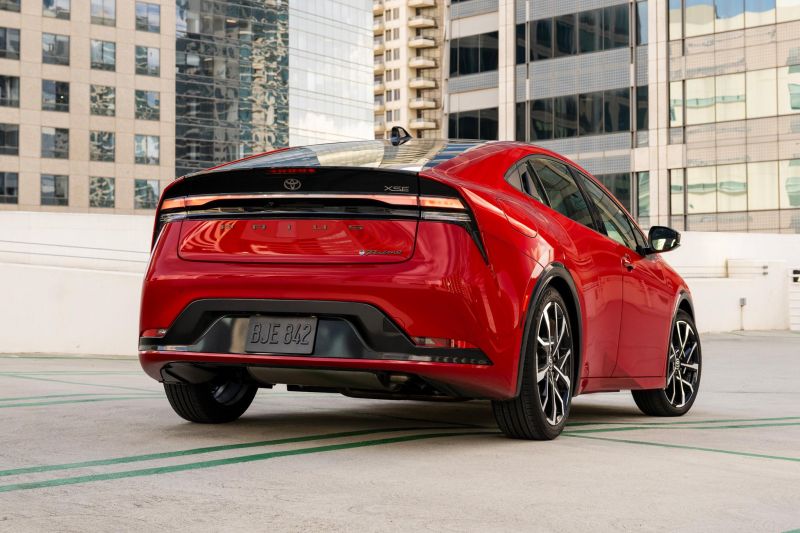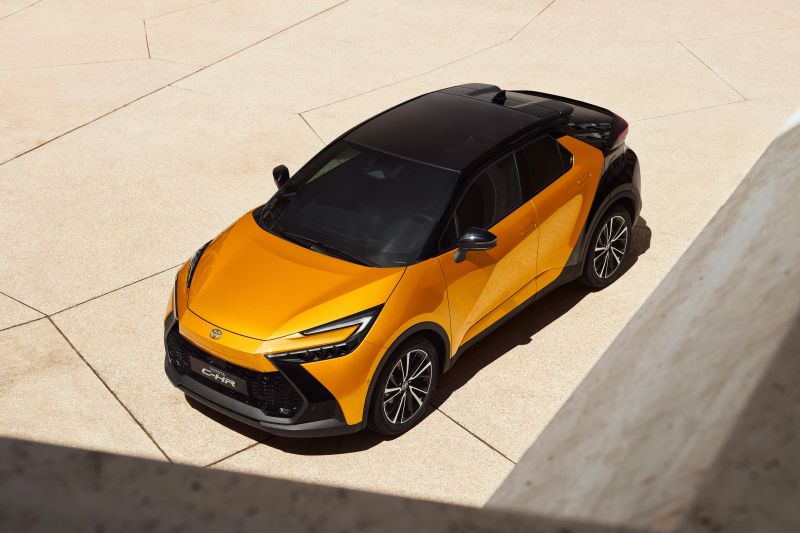Toyota has offered plug-in hybrid (PHEV) technology globally for over a decade now as part of its multi-pathway strategy to decarbonisation, though we’re still waiting for the first vehicle to be offered in Australia.
The Japanese carmaker’s local division doesn’t currently have a plan or date to introduce any PHEVs locally just yet, however it’s not ruling the powertrain technology in the second half of the decade.
“If we were asked about plug-in hybrid [technology] maybe five or six years ago, we would have been apprehensive. However, battery technology is evolving very quickly,” said Toyota Australia vice president of sales and marketing Sean Hanley.
“The batteries we see in cars today, probably won’t be batteries you’ll see in cars in five or 10 years time. They’ll be different.”
“It’ll evolve when technology evolves, battery technology will get better, charge times will [be] less, range will get higher, infrastructure will improve. All those things will happen over time.”
“Right now plug-in hybrids we think are a credible option, particularly if the battery technology can evolve to give you a reasonably high range of EV-only driving.”
“For example, we would say a reasonable range of the plug-in hybrid should be around 200km.
“If you could get that battery to evolve to provide a 200km EV-only range, then have the convenience of being able to flip it to a normal hybrid, giving you the other benefits, then suddenly that’s a really credible piece of technology because you could do your metro driving [in] full EV [and] probably carbon neutral.
“It’s the ultimate convenience whilst also serving the needs of the consumer.”
When asked whether plug-in hybrid technology better suits a passenger car or a commercial vehicle, Mr Hanley said it “could be either”.
“The big think is it’s much easier to electrify easier a passenger or an SUV car than it is a commercial vehicle simply because of what it’s expected to do,” added Mr Hanley.
“You can electrify a commercial vehicle pretty quickly as BEV if all you wanted to do was metro [driving] with no towing capacity.
“However, that’s not people want a LandCruiser or a Prado or a LandCruiser 79 Series. They need to be able to tow, they need to be able to go long distances, they need to be able to afford car as well.”
Mr Hanley noted the Australian commercial vehicle customer is “not going to stop towing [and] they’re not going to stop wanting to use their car for leisure”.
Globally Toyota currently offers a plug-in hybrid powertrain in the RAV4 Prime and the Prius Prime, as well as in the new-generation C-HR.
The Japanese carmaker doesn’t currently offer a plug-in hybrid commercial vehicle, though rival Ford has PHEV Transit Custom and is developing a plug-in hybrid version of its Ranger ute.
Chinese carmaker giant BYD is also developing a PHEV ute.
Despite Toyota still seeing value in plug-in hybrid technology Down Under a number of brands are scaling it back locally. These brands include Kia, Mercedes-Benz, LDV, and Volkswagen.


























